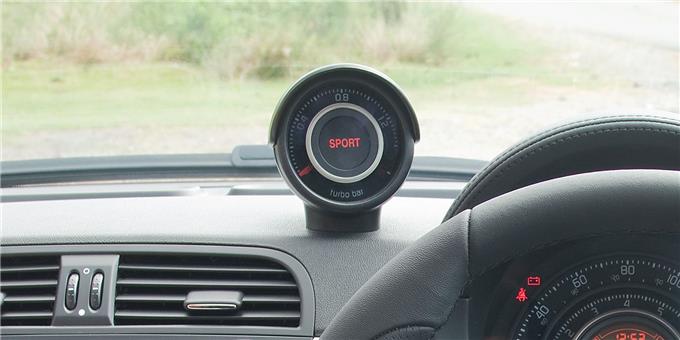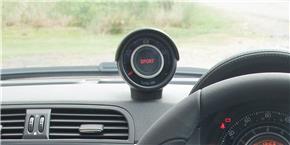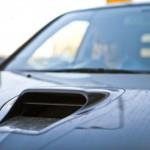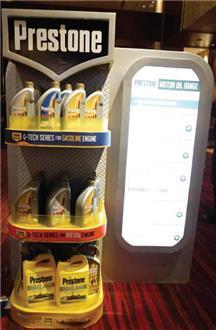
Swipe left or right to close the panel.
×

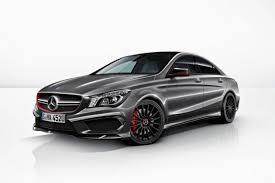
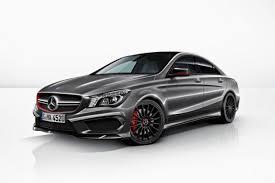




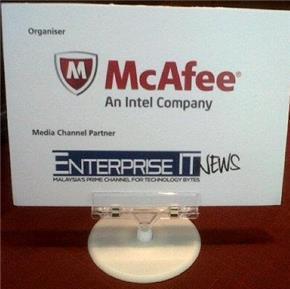
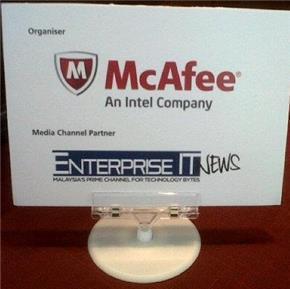
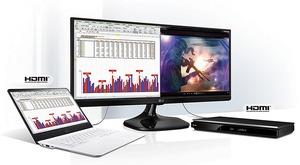

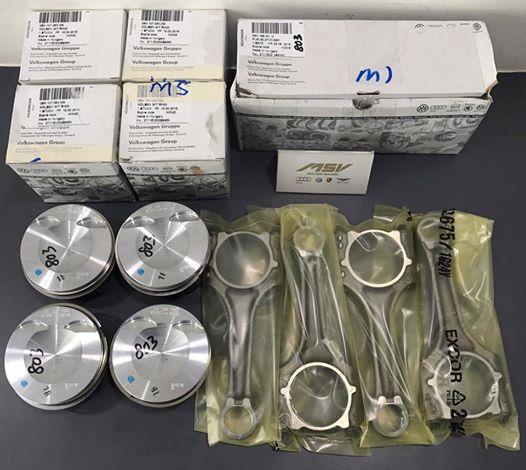
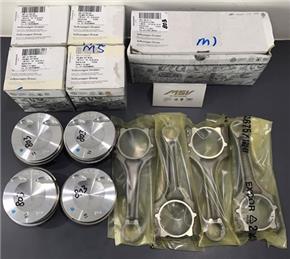
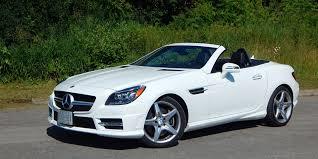
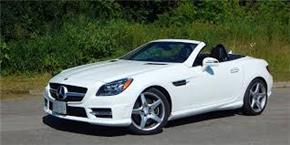
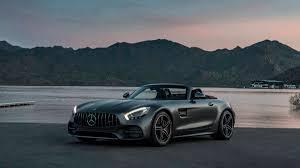



Top 10 Most Related Posts
Best Review Based on Most Mentioned Phrase / Active User

Exhaust Gasses
5 times mentioned • Jackson Z • 22 June 2018

Exhaust Gasses
|
Superchargers do the same job as a turbocharger – they force more air into the cylinder to make more power. The difference lies in how each device is powered. Turbos rely on the pressure of exhaust gasses to compress the air, whereas superchargers are mechanically driven by the engine's crankshaft.
|
|

Samsung Galaxy J7 Prime
6 times mentioned • Mark Choo • 12 April 2017

Samsung Galaxy J7 Prime
|
Samsung Galaxy J7 Prime ships with a 5.5 inch PLS TFT panel. The display has a resolution of 1080 x 1920 pixels and a pixel density of 401. Additionally, the display is also coated in Corning Gorilla Glass thus making it very resistant. The device is powered by Samsung's own octa-core Exynos 7870 processor. The chipset has been clocked at 1.6GHz and it's been coupled with a Mali-T830MP2 graphics processing unit and 3GB of RAM.
|
|

Hp Envy 15
8 times mentioned • Branda Jusco • 05 February 2015

Hp Envy 15
|
HP has introduced the redesigned HP ENVY 15 notebook PC. The notebook is touted to sport all-metal chassis with rounded edges in a classic black and silver finish, and accented by subtle red details. The ENVY15 features the Radiance Backlit keyboard that provides illumination using individual LEDs dedicated to each keycap. The device is powered by Intel Core i7-2670QM clocked at 2.2 GHz, and runs Windows 7 Home Premium 64.
|
|

Mcafee Mobile Security
10 times mentioned • Robert Lim • 25 October 2019

Mcafee Mobile Security
|
Panel discussion.
The panel discussion which followed had Michael Sentonas and Alagesan Alagappan, McAfee Malaysia regional director for Malaysia & Indonesia speak, while moderated by Enterprise IT News editor-in-chief Cat Yong. McAfee gives users visibility and organisations should know what database versions they have and where they are in their network. With regards participants' concerns over end-point devices operated beyond their network firewall, McAfee Mobile Security Device Manager can be installed on each device as part of ePO.
|
|

Ultrawide Full Hd
3 times mentioned • Sandy Leung • 06 June 2015

Ultrawide Full Hd
|
LG Monitor Ultrawide Full HD 29UM57
The Dual Link-up feature allows two devices to be displayed simultaneously on a single screen. With the monitor, you can connect and watch a movie from a Blu-ray player while working on an Excel spreadsheet from your PC. With the upgraded Dual Link-up*, it enables HDMI+HDMI links, now you can have greater versatility in connecting devices.
*Dual Link-up requires specific combination of HDMI/DisplayPort/Thunderbolt connection with each device.
|
|

Oil Consumption
38 times mentioned • Joey Yap • 26 May 2018

Oil Consumption
|
Piston & Connecting Rods for A4,A5 & Q5 2.0T models. (EA888).
This piston transfers the force of the combustion process to the crankshaft via the connecting rod. The piston is sealed in the cylinder head by the piston rings and pulls air into the cylinder as well as pushing it out through the exhaust. This piston assembly includes a new set of piston rings with the wrist pin and circlips to attach to the connecting rod. These piston assemblies are an updated, post oil consumption TSB (technical service bulletin) part.
|
|

Exhaust Gas Spins The Turbine
3 times mentioned • Jackson Z • 22 June 2018

Exhaust Gas Spins The Turbine
|
A turbo is similar to a supercharger, except it has an exhaust housing instead of a pulley, and runs off of your exhaust gasses. As your car produces exhaust, the exhaust gas spins the turbine which causes the compressor to force air into the engine. A turbo is more efficient than a supercharger since your engine does not need to work harder to power the turbo. Because a turbo is not connected directly to the engine, it can spin much faster than a supercharger.
|
|

High Pressure
109 times mentioned • Jackson Z • 22 June 2018

High Pressure
|
Turbos are formed of two main parts – a turbine and a compressor. These are linked so, when the one spins, the other spins with it. As fuel in the engine is burnt, exhaust gasses are forced out of the engine at high pressure, down a snail-shaped tube to spin the turbine. This turbine spins at incredibly high speeds (up to 250,000rpm) and causes the compressor (effectively a reversed turbine) to spin. This sucks significantly more air into the engine than a normally-aspirated (non-turbo) unit, making more power.
|
|

Air Pressure
51 times mentioned • Jackson Z • 22 June 2018

Air Pressure
|
Essentially, a turbo sits off of your exhaust manifold, and the exhaust gasses spin one end of the turbo (the exhaust side), which makes your compressor side spin also and force air into the intake system, therefore creating air pressure. A supercharger doesn't work off the exhaust gas, it is attached to your engine and spins with the crankshaft. When the crankshaft spins the supercharger, it forces air into the motor. The turbo is more efficient as it doesn't require engine power to spin it, so it makes more power per boost. A supercharger als
|
|
Everyone can have their own blog websites now. People use Invaber to blog their life, post their wishlists, post their preferences, share with others on Google. You also can discover more on what you blog. Invaber is sponsored by Microsoft.
|
|
Join Invaber |
|
|
What is Invaber? |
|
Lastest Business
|
|




